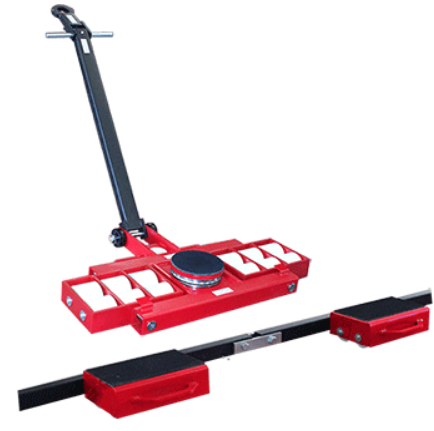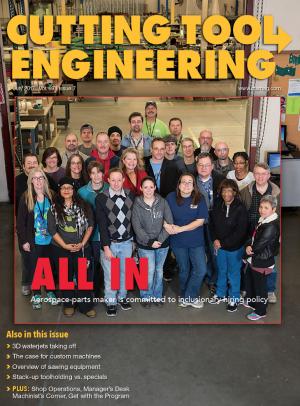Machine tools are heavy. Moving them yourself can be dangerous, causing damage to people and machinery alike. But with the right tools, knowledge of how to use them and some common sense, DIY machine moving is possible—though not always recommended.
“The best advice I can give anyone with a machine that needs moving is to call us or another qualified rigger,” said Mike Englebrecht, vice president of Triple-E Machinery Moving Inc., El Monte, Calif. “Safety should be everyone’s primary concern. It’s easy to get hurt moving a piece of equipment, regardless of its weight.”
 Triple-E moves most machines with forklifts, the largest of which has a capacity of 80,000 lbs. (36,287kg), although Englebrecht said cranes are used when needed. He added that most shops play it safe and hire someone to do the job, but he does occasionally receive calls from smaller shops that have tried it on their own. “They’re trying to save some money, and they usually get away with it,” he said. “But sometimes it bites them, and we’ll have to go out and right the machine after they tipped it over. It’s a shame because they’ve spent a lot of money on a nice piece of equipment and then it’s ruined. It’s not worth it.”
Triple-E moves most machines with forklifts, the largest of which has a capacity of 80,000 lbs. (36,287kg), although Englebrecht said cranes are used when needed. He added that most shops play it safe and hire someone to do the job, but he does occasionally receive calls from smaller shops that have tried it on their own. “They’re trying to save some money, and they usually get away with it,” he said. “But sometimes it bites them, and we’ll have to go out and right the machine after they tipped it over. It’s a shame because they’ve spent a lot of money on a nice piece of equipment and then it’s ruined. It’s not worth it.”
Despite Englebrecht’s advice, some shops choose to go it alone. If you’re one of these, at least be sure to purchase the right tools for the job. These include dollies, machine skates, jacks and pry bars. Some industrial distributors even rent equipment and provide telephone support, such as TechimpexUSA, Canton, Texas. Further, the company offers the following guidelines on its website (www.moveheavystuff.com):
- Start with a clean, level floor, one free of cracks that might catch or dislodge a machine roller.
- Determine the correct number of contact points to support the load—three is the minimum, but six or more might be needed. The points should be equally distributed across the load.
- One person can push around 2 tons (1,814kg) on a suitable surface. Just know that once a machine starts moving, it can be difficult to stop—it might be better to use a forklift or winch.
- Plan ahead, make certain you can maneuver around corners and never place any part of your body between the moving machine and a wall or post. Your loved ones will thank you.


